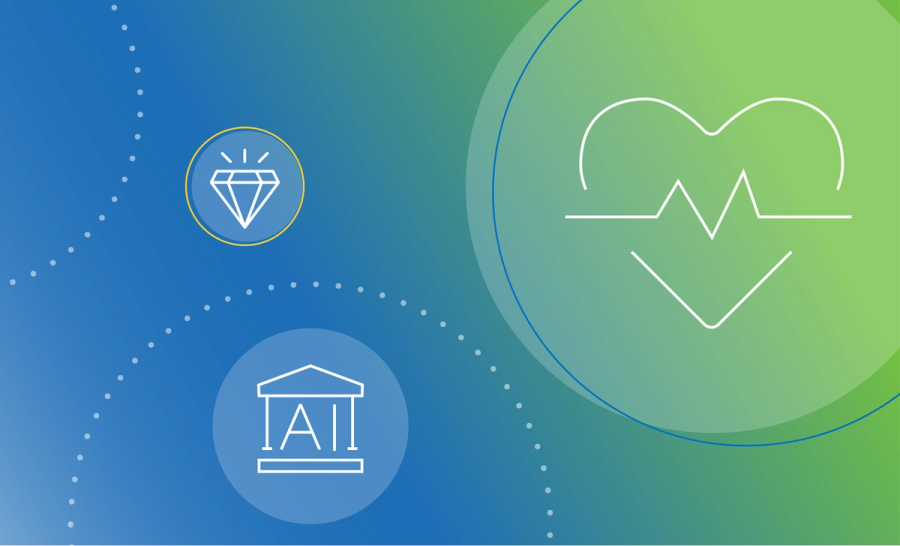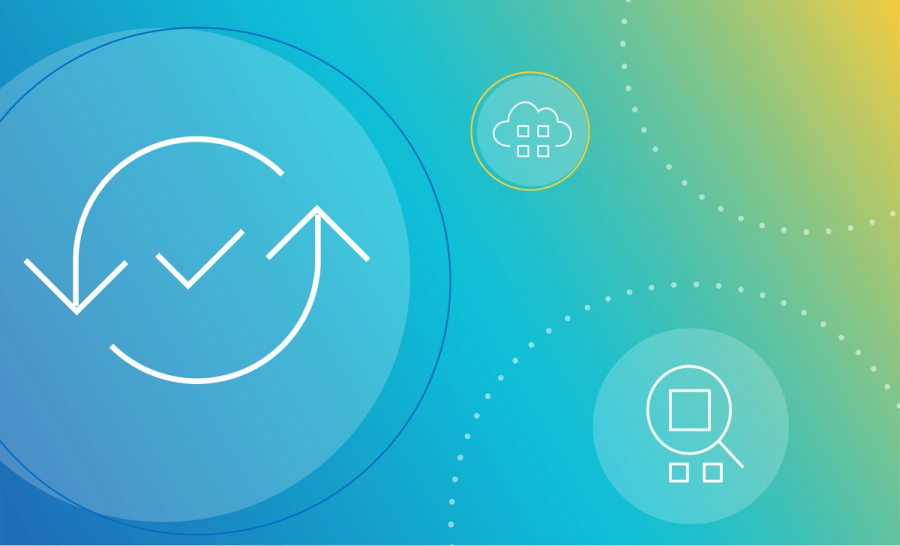How you can drive data health with data observability

Your organization may have invested heavily in analytical tools. But analytical insights can be only as good as the quality of the input data. Many organizations struggle with the challenges of data quality and the way it affects their decisions.
As a data engineer, you typically work on the raw data with missing, duplicate, and inconsistent records and deliver high-quality data. You manage all the piping and plumbing needed to get data from its original state to the desired state. But there are challenges when focusing on the reliability and performance of the end-to-end data ecosystem.
The shifts in data quality fundamentals range from moving to the cloud to multiple delivery channels. It is quite clear that the traditional data quality approach does not align with these shifts.
You may spend 70% of the time identifying data issues and fixing broken pipelines, but that cannot stop the issues from reaching the downstream applications. Even with leveraging data governance for data ownership and automation, it is difficult to:
- Get real-time visibility into the health of enterprise data.
- Proactively identify potential issues.
- Enable fixing issues at the source.
- Scale quickly for high volumes and faster arrival of data.
The common factor here is monitoring data health in real-time to predict errors before they can happen and prevent them from propagating downstream. A task that requires much more than the traditional rule-based find-and-fix approach.
Data observability empowers you to address the challenges
Building trust in data is not a one-time activity. Nor is it isolated from real-world organizational activities. It demands continuous monitoring of pipelines, profiling of data, predicting errors, and proactively preventing them. For this, you need to focus on assuring the quality of data in motion, in real-time, and before the errors can affect operations.
Data observability provides the solution to ensure the quality of data as it moves through the enterprise systems. Forbes defines data observability as a set of tools to track the health of enterprise data systems and identify and troubleshoot problems when things go wrong.
It helps you broaden the focus to include data lineage, context, business impact, and quality to track the health of enterprise data systems. The complete visibility into data movement provides vast improvement opportunities. Using sophisticated ML technology, you can profile data in motion, detect anomalies, and validate business rules quickly. Gartner notes that data observability empowers data engineers to provide accurate and reliable data to consumers and applications within expected time frames.
Data observability empowers data engineers to follow the path of data upstream from the point of failure and help fix it at the source. On the other side, data stewards focus on high-quality, error-free data sets for downstream operations. Both complement each other to deliver the best approach to healthy, trusted data.
Explore further
Collibra Data Quality & Observability is a comprehensive solution to drive complete data health of the end-to-end data ecosystem. You can try out the solution and discover how it can help your organization. Start a free trial today!
In this post:
Related articles

Data QualitySeptember 12, 2024
What is data observability and why is it important?

AIJuly 15, 2024
How to observe data quality for better, more reliable AI

Data QualityNovember 8, 2024
Announcing Data Quality & Observability with Pushdown for SAP HANA, HANA Cloud and Datasphere

Data QualityNovember 16, 2023
The data quality rule of 1%: how to size for success
Keep up with the latest from Collibra
I would like to get updates about the latest Collibra content, events and more.
Thanks for signing up
You'll begin receiving educational materials and invitations to network with our community soon.
